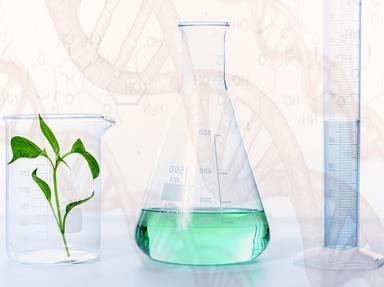Quiz Answer Key and Fun Facts
1. A very warm welcome to the exciting world of chemistry! Whilst many substances are extremely interesting, there are an awful lot of substances in existence. This poses a slight problem for those of us who are not supercomputers and this problem becomes a tiny bit bigger, if we are dealing with hazardous substances. Consequently, the NFPA has devised one system, although there are others, of displaying the properties of substances.
But first, which shape is the NFPA Hazard Identification System?
2. The NFPA 704 Hazard Identification System is subdivided into four individual sections. Which colour represents flammability?
3. Well, it is time to move swiftly on to the applications of the NFPA 704 Hazard Identification System. Antimony sulfide has a flammability value of "1", but what exactly does that mean?
4. We have covered flammability, but what about health? Which colour represents health?
5. Butyllithium has a health value of "3", but what exactly does this value mean?
6. Well done, you have completed half of the questions, but now we must proceed to reactivity. Could you tell me which colour represents reactivity?
7. TNT has a reactivity value of "4", but what exactly does that mean?
8. Now for the final section. Which section is used to display additional properties of the substance, wherever appropriate?
9. Titanium tetrachloride has the letter "W" with a line through it in the miscellaneous properties section. What does this mean?
10. Barium chlorate has the symbol "OX" in the miscellaneous properties section, but what does this mean?
Source: Author
DanielPoulson
This quiz was reviewed by FunTrivia editor
crisw before going online.
Any errors found in FunTrivia content are routinely corrected through our feedback system.

